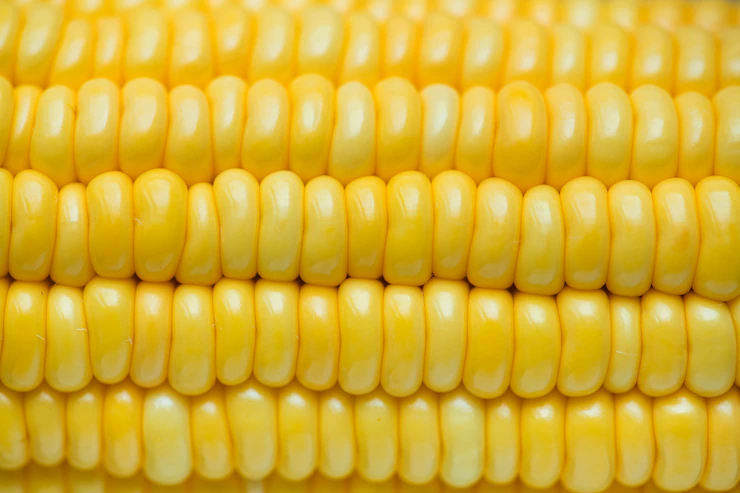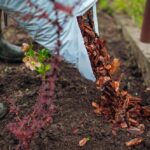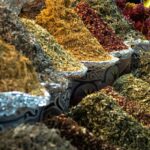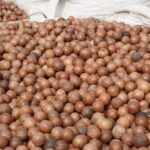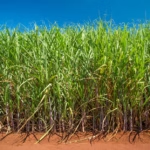Grey leaf spot (GLS) is a fungal disease that affects maize (corn) plants. It is caused by the fungus Cercospora zeae-maydis. Here are the symptoms of grey leaf spot that you should look out for in maize:
- Lesions: Grey leaf spot lesions appear as small, elongated, rectangular spots on the leaves of maize plants. Initially, the lesions are tan in color and have a distinct rectangular shape. As the disease progresses, the lesions turn grey or light brown and become larger. Lesions may merge together, causing extensive damage to the leaf tissue.
- Lesion borders: The lesions typically have a distinct dark brown or purple border. This border is a characteristic feature of grey leaf spot and helps differentiate it from other diseases.
- Leaf damage: As the disease advances, the lesions expand and cover a significant portion of the leaf surface. Severely affected leaves may exhibit extensive blighting and drying, leading to premature leaf death.
- Tan to gray appearance: The center of the lesions often turns from tan to gray as the disease progresses. This grayish coloration is a key diagnostic feature of grey leaf spot.
- Leaf blighting: In severe cases, grey leaf spot can cause extensive blighting of the foliage. The disease may progress up the plant, affecting multiple leaves and reducing photosynthetic activity.
- Husk and stalk lesions: In addition to leaf symptoms, grey leaf spot can also cause lesions on husks and stalks. These lesions appear as elongated, tan to gray areas, similar to those on the leaves. Husk and stalk lesions can lead to reduced grain quality and yield.
It is important to note that the severity and progression of grey leaf spot can vary depending on environmental conditions, host susceptibility, and the presence of other contributing factors. If you suspect grey leaf spot in your maize crop, it is recommended to consult with local agricultural extension services or plant pathology experts for accurate diagnosis and appropriate management strategies.


